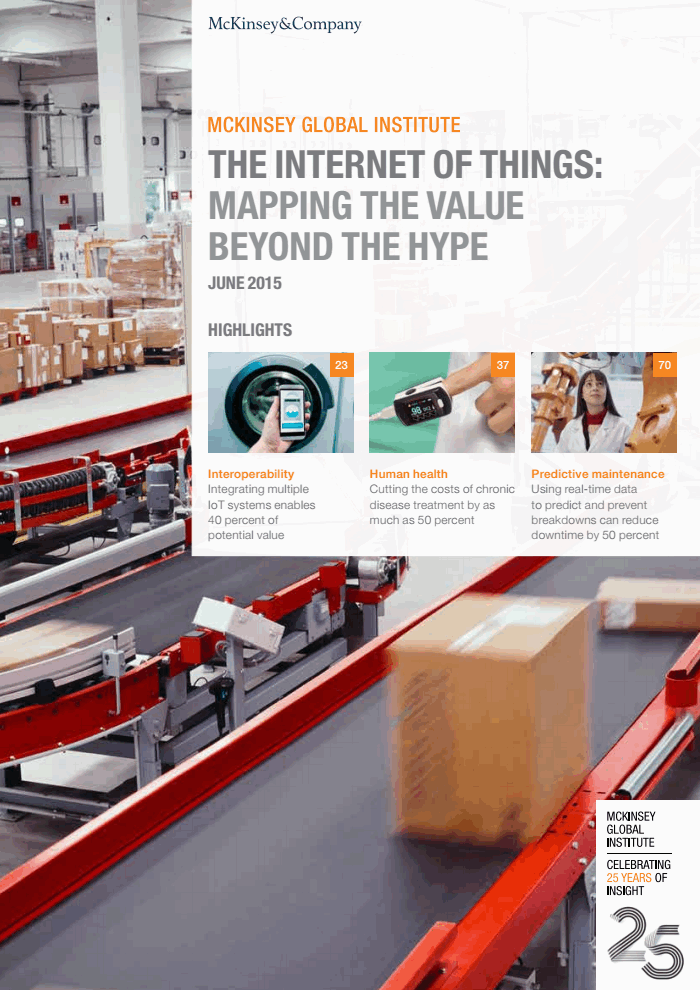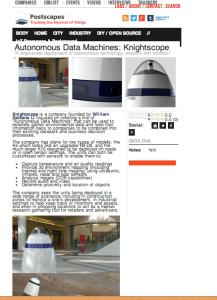Well, there go the billions my wife and I were going to make from renting our house through Airbnb for the Boston 2024 Olympics…. The US Olympic Committee pulled their support for the bid several hours ago based on the lack of public support for the proposal, which comes as NO surprise to those of us who know and (sometimes) love the local sport of choice in Boston: not the modern pentathalon, but debating any issue ad nauseum and eating our own.
Oh well! I’d been planning a special meeting of our Boston IoT MeetUp for September about how the IoT really might make it possible that we could both build the Olympic infrastructure on time and on budget through creative use of the IoT AND also build a positive legacy that would endure after the games were over.
I’d also just written an op-ed on the subject. Since the chances of getting one of the local rags to publish that now are also zero, I thought I’d post it here, in hopes that it may inspire the other cities still bidding for the Games to adopt this approach, and that Boston and Massachusetts will also make the IoT a critical part of any major construction projects and smart city strategies.
What if a single approach could meet both of Boston 2024’s main challenges: building the venues on-time and under budget, AND assuring a positive legacy for the city, region and state?
There is: the Internet of Things (IoT), the concept of linking not just people, but also devices, via the Internet so they can be coordinated and activated automatically and in real time. The IoT is already a reality, as demonstrated by examples ranging from “smart” thermostats you can adjust from your smartphone to fitness devices that let you track your vital signs.
While most are still unaware of the IoT, Boston was recently ranked as the world’s fourth-leading city in terms of numbers of IoT companies, and the Boston IoT MeetUp that I co-chair has grown to 1400 members in less than two years.
Every Olympics faces serious questions because of the history of cost overruns and construction delays, but our bid faces the extra burden of the botched Big Dig.
Construction sites are inherently chaotic because of so much equipment and so many subcontractors, resulting in an astounding 70-80% idle time, but the IoT changes that. My client, SAP, and SK Solutions have collaborated in Dubai (which is on a construction binge dwarfing anything the Olympics might bring), putting sensors on all of the construction equipment, trucks, etc., so that the managers can visualize, in real-time, who is where, and make sure the right ones are in place and ready to go exactly when needed. Everyone who needs it, from operators to maintenance, shares the same data at the same time, building collaboration and efficiency.
The IoT can also make the games run smoothly and efficiently. After last Winter, we know how poorly the MBTA operates currently. The IoT can dramatically improve operations because sensors will report real-time data about the condition of every piece of rolling stock, so issues can be dealt with quickly and cheaply ( “predictive maintenance”) before they become critical. Ports and airports, such as Logan, are also inherently chaotic, but the Port of Hamburg has increased its operating efficiency through IoT coordination of every vehicle. Clever IoT transportation projects already underway by the Mayor’s Office of the New Urban Mechanics can also help the games operate efficiently.
Believe it or not, even the most prosaic parts of our urban landscape can and must be reinvented to make the games run smoothly. You’ve already seen the ultra-modern Big Belly Solar trash compactors (from Needham) that now dot downtown, which compact trash and collect recycling to make our streets cleaner. But did you know that each of them also houses a wireless system that creates a free “mesh network” that gives us free wi-fi access on the streets as well (and, in a post-Olympics disaster, could provide real-time response information)? Why not deploy them region-wide? Or, why have conventional streetlights when there are ones that not only cut electric use with LED bulbs, but also have banner-like LED panels that could have constantly-changing panels about that day’s events and would switch instantly to showing real-time detours because of data about traffic jams just ahead?
The Olympics will also stress our electricity infrastructure, and the IoT can help there as well. Two-way real-time data flow will allow a electric “smart grid” to dispatch power exactly when, where, and in the amount needed. What if we also had the world’s best network of neighborhood electric car chargers, and if Zip Car, one of our home-bred IoT innovations, became the preferred way of getting around not just downtown, but also the whole region?
A smart grid and efficient, reliable mass transit wouldn’t be the only positive legacy from the IoT. If the Olympic Village to house the athletes was made up of “smart buildings” with built-in sensors, after the Olympics they would become economical, user-friendly and affordable apartments.
You may not have heard much about the Internet of Things so far, but the technology is already here, and the cost is plummeting. Major orders for sensors, operating software and other components for the Olympics would create more jobs in our local IoT industry and further drive down the IoT’s cost.
Experts agree that the IoT will bring about as radical a transformation in our lives and economy as the Internet did, and making it the centerpiece of Boston’s Olympics construction, operations and legacy planning could make us again the Hub of the (Internet of Things) Universe.
Oh well!







